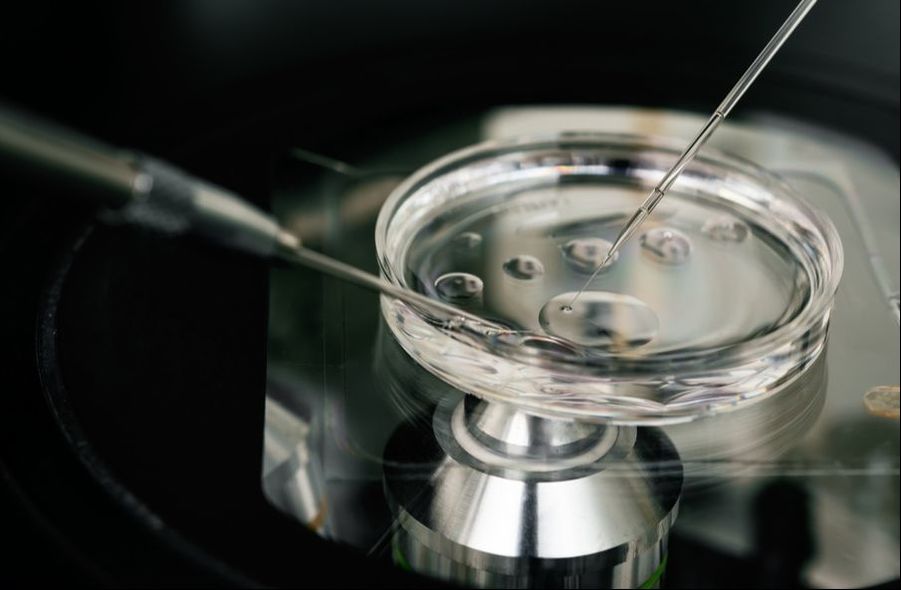What is IVF and ICSI?
|
IVF is the process of combining egg and sperm in a petri dish and allowing sperm to penetrate the egg in a process called fertilisation. A fertilised egg is called an embryo and is placed back into the women’s womb to create a pregnancy.
In cases of severe male infertility, fertilisation may not occur with conventional IVF. To assist the sperm, intracytoplasmic sperm injection (ICSI) may be suggested, whereby a single sperm is injected into a single egg. |
Why do couples have IVF?
|
Female factors
|
|
|
Male factors
|
|
|
Other reasons
|
|
The value of IVF
IVF attempts to optimise the chance of pregnancy each month by enhancing the opportunity of several eggs and sperm to meet, as opposed to just one egg and one sperm during natural ovulation.
Embryos are created in the process of IVF and the healthiest and best looking embryo is transferred to you. The remaining embryos are carefully assessed if they are suitable to freeze.
Although there are many factors that can influence the success of IVF/ICSI, maternal age is by far the single, greatest predictor of success, as observed by the decline with age the:
Embryos are created in the process of IVF and the healthiest and best looking embryo is transferred to you. The remaining embryos are carefully assessed if they are suitable to freeze.
Although there are many factors that can influence the success of IVF/ICSI, maternal age is by far the single, greatest predictor of success, as observed by the decline with age the:
- numbers of eggs retrieved
- percentage of fertilisation
- live births as miscarriages are more common in older mothers
Embryo freezing is rare, but if possible, it opens the possibility of another baby in the future without having to go through egg collection again. The chance of pregnancy from IVF or ICSI is determined by your age at the time of egg collection.
Is it taking longer than expected?
|
We recommend consulting a fertility specialist if you are:
|
|
QUICK LINKS TO UNDERSTANDING IVF
IVF PROCESS |
EMBRYO SELECTION |
SIDE EFFECTS |







